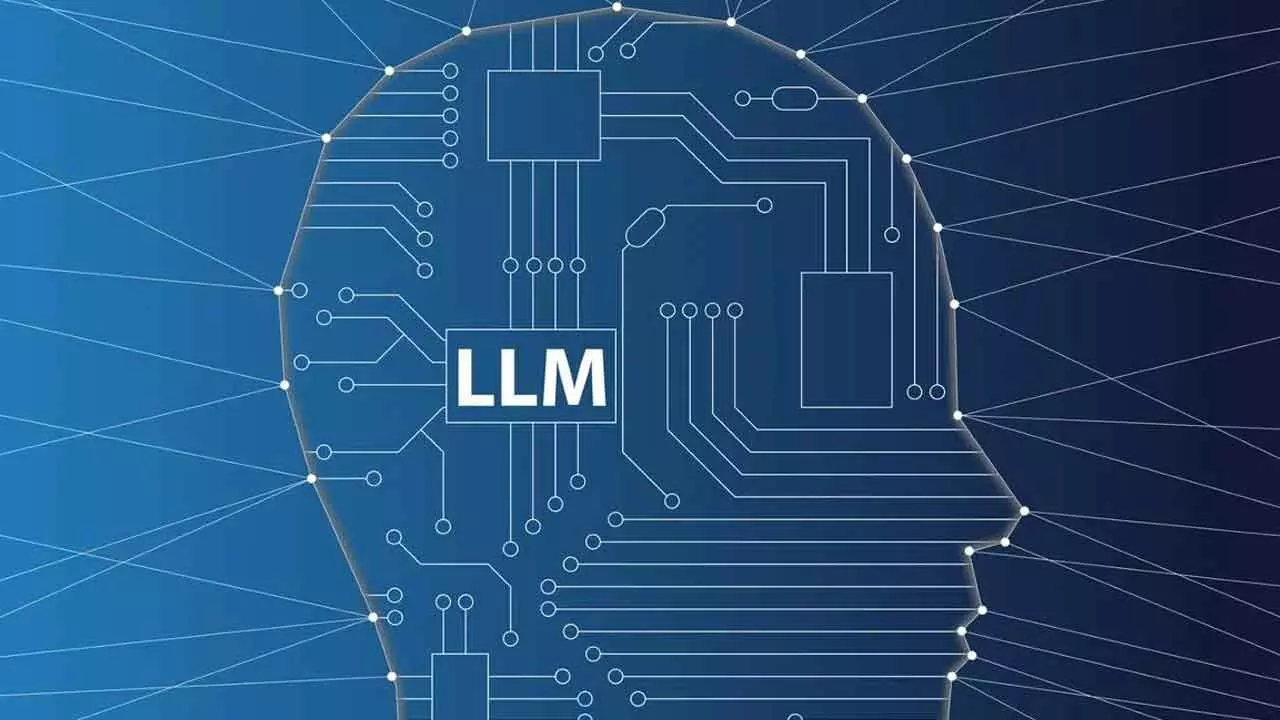India’s Decision To Build Its Own LLM Is A Smart, Better Late Than Never Move
India’s Decision To Build Its Own LLM Is A Smart, Better Late Than Never Move

Artificial Intelligence (AI) and generative AI are bringing in significant changes in the global technology industry. Towards this, LLMs (Large Language Models) remain at the core of the transformation. Big technology giants like Google, or startups backed by them like OpenAI have built their own LLMs, which are changing the whole game across sectors. Amid this, China’s entry into LLM space has taken the world by storm. The DeepSeek AI model developed by a Chinese startup has demonstrated that LLMs can be built at a fraction of the costs that have been invested by US firms. Currently, the US and China are locking horns to gain the upper hand in the AI space even as the former is leading the race. Against the backdrop, India seems to be lagging behind. Despite boasting of the largest talent base in AI technology, bolstered further by the presence of hundreds of startups, India is yet to develop LLMs. This lacuna is putting the country in a disadvantageous position. Given this situation in the high-stakes battle, India’s decision to develop its own LLM is a welcome move.
Union IT minister Ashwini Vaishnaw has announced that they are planning to build its own domestic large language model (LLM) as part of the Rs. 10,037 crore India’s AI Mission. To achieve this objective, the Centre has chosen 10 companies that will supply 18,693 graphics processing units or GPUs — high-end chips needed to develop machine learning tools and thereby a foundational model. According to the Minister, the country’s indigenous AI model will be the lowest cost-wise in the segment. Notably, the DeepSeek AI model has been built under just $six million and with the usage of 2,000 Nvidia H800 GPUs. Compared to DeepSeek, OpenAI’s model has relied on 100,000 GPUs and spent $100 million over the years to build its own AI model. India aims to develop its own model at a cost that will be lower than what is being spent on DeepSeek. Development of such a model will hold India in good stead with respect to future technological development. For instance, India will support its startup ecosystem by providing free access to LLLMs.
This will help startups to create industry-specific solutions by leveraging such LLMs. Secondly, the country will be able to go about cutting-edge research work in several areas, including health, emerging technology and related areas by leveraging these models. Thirdly, LLMs can be great assets in creating patterns for several sectors. For instance, leveraging these models, various patterns can be gauged in social sectors like education, healthcare and agriculture, among others. These patterns will help in better policy making along with targeted beneficiary approach by the government agencies. Along the way, India can take a leadership role in AI space once it comes up with LLMs. Moreover, it has several world-leading IT firms that serve global enterprises across geographies. Therefore, the country is ideally placed to take a leadership role in the AI space. However, this can only be achieved by the active participation of private enterprises, especially, large IT services firms.

